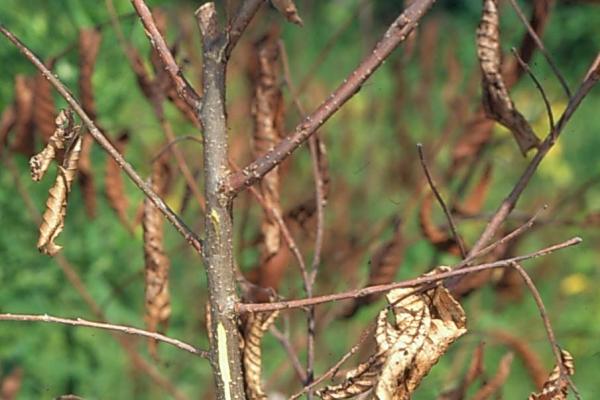
U of T scientists map genome that causes Dutch Elm Disease
Published: March 15, 2013
Researchers from the University of Toronto and SickKids Research Institute have successfully mapped the genes in the fungus that causes Dutch Elm Disease.
"We hope that the availability of the genome will encourage and speed-up research on this fungus – it’s only a matter of time before most the elm trees are gone," said Alan Moses, an assistant professor with U of T's department of cell systems and biology, and one of the authors of the study.
The researchers believe this is the first time the 30 million DNA letters for the fungus Ophiostoma ulmi have been mapped. Dutch Elm Disease has killed millions of trees around the world but the findings, published in this week’s online journal BMC Genomics, could help scientists figure out how to prevent the fungus from destroying elm trees in the future.
“Essentially, Dutch Elm Disease is caused by a fungus that prevents the normal distribution of nutrients in the tree by blocking the flow of sap,” said Moses. “The tree wilts and eventually dies.
“Relatively little is known about the fungus that causes Dutch Elm Disease, and it’s a very distant relative of the fungi that are more often studied by researchers, like bread mould or beer yeast..”
Dutch Elm disease is believed to have originated in the Himalayas, travelling to Europe from the Dutch East Indies in the late 1800s. It emerged in Holland shortly after the First World War, earning the name Dutch Elm Disease.
It is the most destructive elm tree disease in North America, and typically kills most trees within two years of infection. Dutch Elm Disease is a problem in many parts of the world, particularly Scotland, Spain, Italy, Western Canada and New Zealand.



